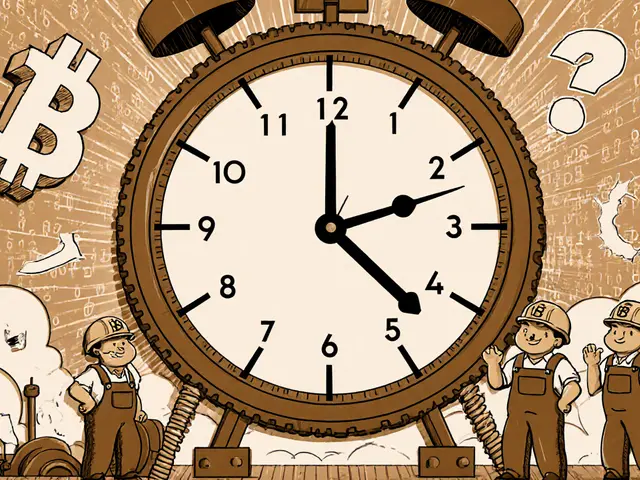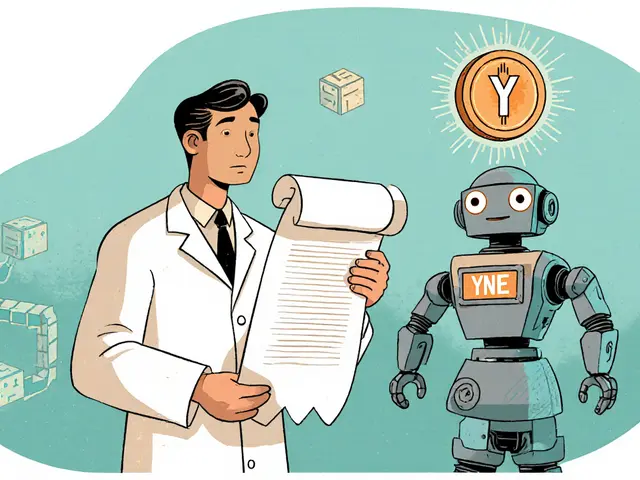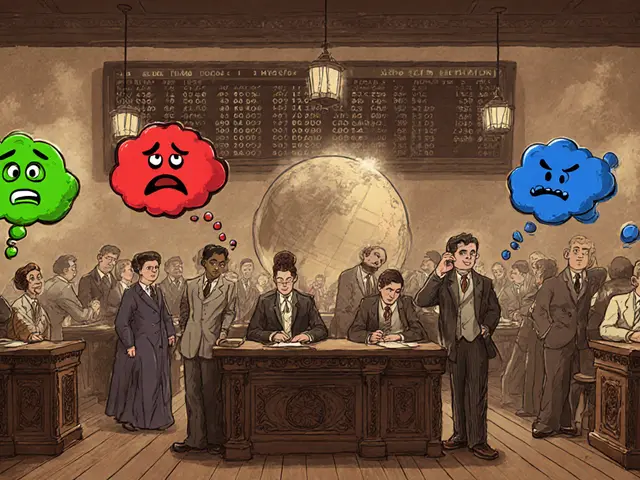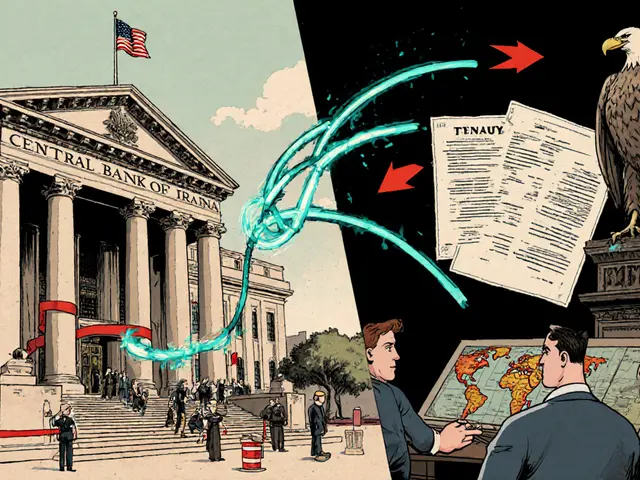Bitcoin Supply: How Much Is Left and Why It Matters
When you hear Bitcoin supply, the total number of Bitcoin that exist or will ever exist. Also known as Bitcoin circulation, it's the core reason Bitcoin acts like digital gold—not printed on demand, not controlled by banks. Unlike dollars or stocks, Bitcoin’s supply isn’t flexible. It’s locked in code: only 21 million will ever exist. Right now, about 19.7 million are already mined. That leaves less than 1.3 million left to be created—and they’ll take decades to dig up.
Every four years, the reward for mining Bitcoin drops in half. This is called a Bitcoin halving, the event that cuts miner rewards by 50%. It’s built into Bitcoin’s DNA to slow down new supply. The first halving in 2012 gave miners 50 BTC per block. Today, it’s 3.125 BTC. The next one in 2028 will drop it to 1.5625. This isn’t just technical—it’s economic. Less new supply entering the market means scarcity increases, and that’s what drives long-term value.
But here’s the twist: not all mined Bitcoin is even in circulation. Millions are lost forever—forgotten wallets, dead owners, drives thrown out with old computers. Some estimates say up to 4 million Bitcoin are permanently stuck. That means the real available supply is even smaller than the numbers suggest. Add to that the fact that large holders (like early adopters and institutions) rarely sell, and you’ve got a system where supply shrinks over time while demand keeps growing.
This isn’t theory. It’s why Bitcoin behaves differently than any asset you’ve seen before. You can’t print more. You can’t dilute it. You can’t change the rules. The Bitcoin max supply, the absolute limit of 21 million coins. It’s a hard cap, not a suggestion. And the Bitcoin mining, the process of validating transactions and adding new coins to the network. It’s not just a way to distribute Bitcoin—it’s the only way. Once the last coin is mined (projected around 2140), miners will rely on fees alone to keep the network secure.
That’s why understanding Bitcoin supply isn’t just for investors. It’s for anyone who wants to know why Bitcoin is different from bank accounts, crypto tokens with unlimited supply, or even gold. Gold can be mined more if prices rise. Bitcoin can’t. That’s the whole point.
Below, you’ll find real breakdowns of how Bitcoin’s supply is changing, what happens when mining rewards drop, and which projects misunderstand scarcity entirely. Some posts warn you about fake tokens pretending to be like Bitcoin. Others show you how to track the actual circulating supply in real time. No fluff. Just facts that matter.
Bitcoin halving is a programmed event that cuts the mining reward in half every four years, reducing new Bitcoin supply and reinforcing its scarcity. Learn how it works, why it matters, and what to expect next.
Continue reading





